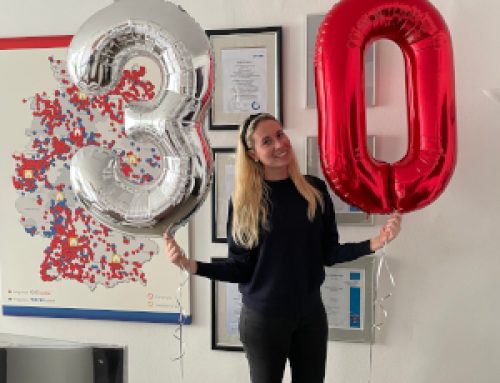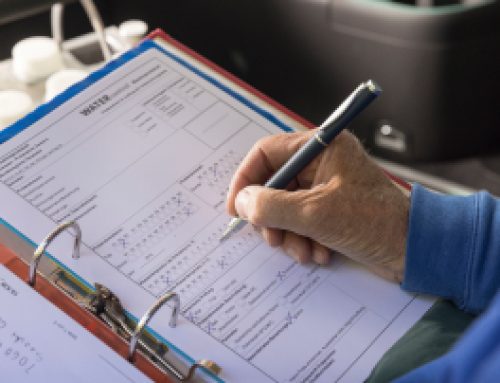The final draft proposal for the second comprehensive amendment of the Drinking Water Regulation was published on February 15th (2nd amendment to the Drinking Water Regulation). Although it is rumored that the Federal Council had some proposed changes, we expect that the Drinking Water Regulation will pass the Federal Council on March 31, 2023, in substantial parts as stipulated in the Federal Council draft resolution.
Here are the highlights for you in brief:
- Under the new Trinkwasserverordnung, the technical measure value for Legionella has been revised. Now, meeting the technical measure value is sufficient to trigger measures, whereas previously it was necessary to exceed the technical measure value. This change emphasizes the importance of proactive measures to prevent Legionella contamination and ensure the safety of drinking water. In this regard, the technical threshold value for Legionella is once again set at 100 CFU/100 ml (colony-forming units per 100 milliliters) under the new Trinkwasserverordnung. This means that if the Legionella concentration exceeds this threshold, appropriate measures must be taken to address the issue and ensure the safety of the drinking water. However, the counting method specified by the Federal Environment Agency (UBA) for the direct plating has the force of law. This means that the specific counting method recommended by the UBA for determining the Legionella concentration must be followed and implemented. It provides detailed guidelines on how to count and evaluate the Legionella colonies in water samples. This ensures a standardized and consistent approach in assessing Legionella contamination and taking appropriate measures. (cf. Part II Special indicator parameters for drinking water installation systems: Legionella spec.)
- The term ‘Unternehmer und sonstige Inhaber’ disappears, it will now be called ‘Anlagenbetreiber’.
- The obligation to conduct Legionella investigations can now be found in § 31. The legal definition of ‘Großanlage’ has been incorporated here.
- Sections 39 and 40 govern the appointment of an approved testing agency The requirements for future accreditation will be regulated by a yet-to-be-issued ‘Drinking Water Testing Agency Regulation.
- The old regulations regarding risk assessment are now included in Section 51. The term ‘Gefährdungsanalyse’ is being abolished and will be a thing of the past. The new Drinking Water Ordinance refers to a ‘written risk assessment. In addition to on-site inspections, risk assessment, and verification of compliance with generally recognized rules of technology, a new obligation for the operator has been introduced: the extended investigation. That should serve the purpose.
- Testing laboratories are now required, according to § 53 (4), not only to report the results of preliminary investigations in the event of exceeding the technical measure value (TMV), but also to report to the (German) Federal Environmental Agengy (UBA): a) Number of analyzed drinking water heating systems. b) Number of analyzed drinking water heating systems with exceedances of the technical measure value. c) Total number of samples analyzed for Legionella. d) Number of samples analyzed for Legionella with exceedances of the technical measure value.
- The newly created Section 17 contains an obligation to remove lead pipes. Lead pipes must be completely removed from the installations by January 12, 2026. However, upon request and for building supply systems, the deadline can be extended until January 12, 2036 at the latest.





